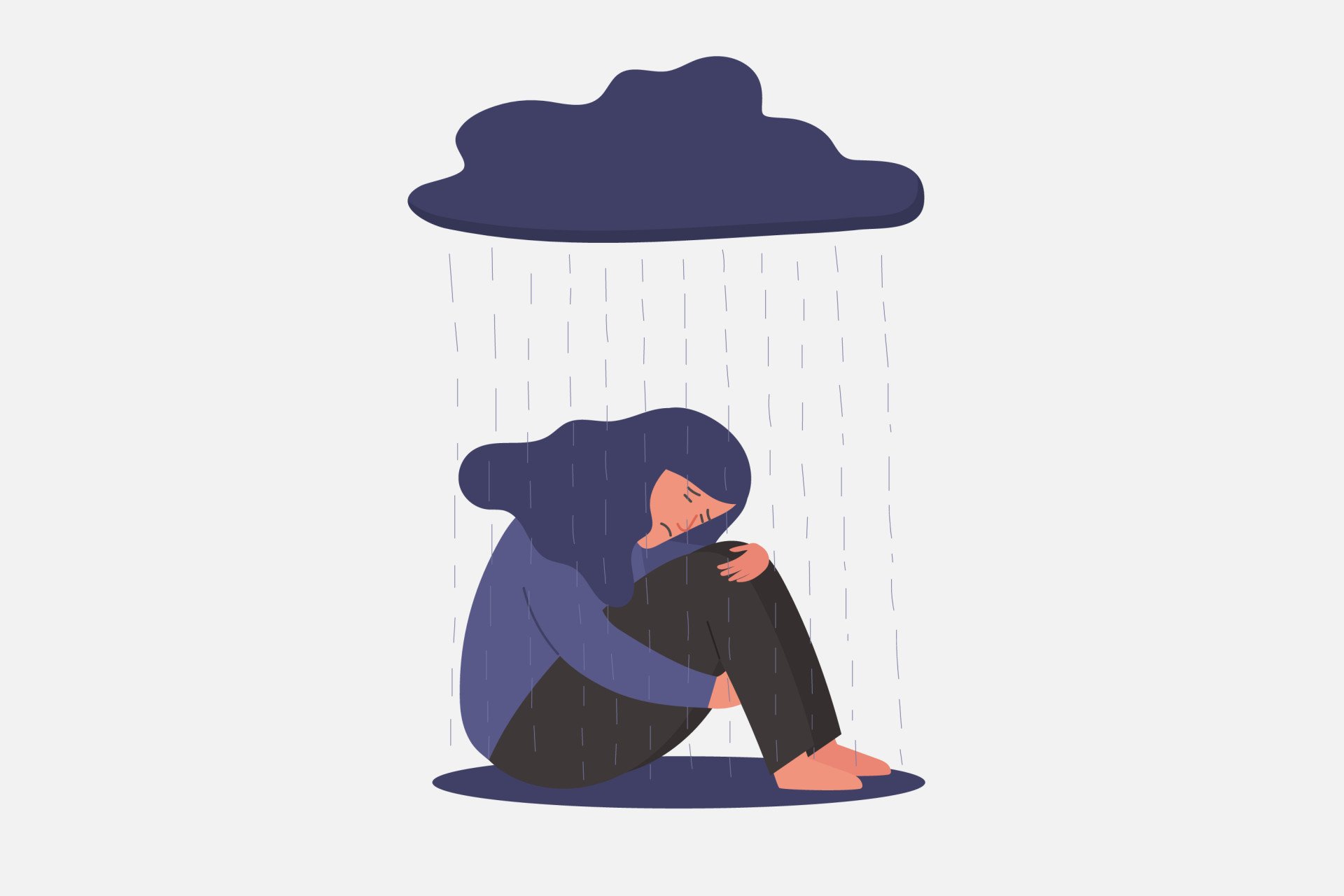Many children with ADHD struggle with more than just attention or hyperactivity issues.
Depression is another common challenge—and according to a new study, it’s more widespread in this group than previously thought.
A new study by Shipei Wang and colleagues, published in the Journal of Attention Disorders (2025), explores the prevalence of depression among children and adolescents with ADHD, revealing how different factors can influence these rates and what this means for assessment and treatment.

The study found that approximately 11% of children and adolescents with ADHD also meet the criteria for depression. This rate is significantly higher than in their neurotypical peers, where the average is around 2%.
ADHD is a common neurodevelopmental condition affecting about 5% of children globally.
It is typically characterized by inattention, impulsivity, and hyperactivity. However, many children with ADHD also experience co-occurring mental health conditions.
Depression, in particular, can have serious consequences, including reduced treatment success, lower academic and social functioning, and increased risk of suicide.
To better understand the scope of this issue, the researchers conducted a systematic review and meta-analysis of 24 studies involving over 6,800 participants.
These studies focused on children and adolescents up to age 18 with clinically diagnosed ADHD but without intellectual disabilities.
The analysis aimed to estimate the pooled rate of depression and to examine how this rate varied depending on sex, age, medication use, assessment methods, and other factors.
One of the clearest patterns to emerge was a higher rate of depression among girls with ADHD.
Based on a subset of studies reporting sex-specific data, girls were more than twice as likely to experience depression as boys—21% compared to 9%.
This finding aligns with broader trends in adolescent mental health, where depression is more common in females across both neurodivergent and neurotypical populations.
Another notable finding was that how depression is measured makes a significant difference.
Studies using both interviews and questionnaires together reported the highest rates of depression—around 21%.
In contrast, those using only clinical interviews found much lower rates, about 8%. This suggests that relying on a single assessment method might underestimate the true prevalence.
The authors recommend using a combination of approaches to ensure depression is accurately identified, especially since ADHD and depression share some overlapping symptoms such as inattention and irritability.
While the type of depression assessment influenced reported rates, other factors—such as age group, medication status, and whether participants were recruited from clinics or community settings—did not significantly change the overall findings.
That said, the study noted some important trends.
Adolescents in later stages of puberty had slightly higher depression rates than younger children, and studies that relied solely on parent reports tended to report higher rates of depression than those using child self-reports or combined perspectives.
Importantly, the review highlighted that children and adolescents with ADHD are at significantly higher risk of depression than their neurotypical peers.
In seven studies that included both groups, depression was six times more common in the ADHD group.
This underscores the importance of routine screening for depression in young people with ADHD, even when their primary challenges appear to be behavioral or attentional.
For parents, clinicians, and educators, these findings offer a reminder that ADHD often comes with hidden emotional struggles.
Depression in children with ADHD may not always look the same as in other children, and common symptoms can be missed or misattributed.
Tailored assessments and greater awareness can help ensure that children receive the right support early on.
Despite the valuable insights, the study has some limitations. Many included studies did not report key details such as ethnicity, socioeconomic status, or the type of ADHD medication used.
There was also substantial variation in how depression was defined and measured. This heterogeneity means the pooled estimate should be interpreted with some caution.
Future research could help clarify how factors like gender, puberty, and treatment affect the course of depression in children with ADHD.
There is also a need for better assessment tools designed specifically for this population, to reduce misdiagnosis and support more accurate interventions.
Still, the overall message is clear: depression is a significant and under-recognized concern in young people with ADHD. Better screening and tailored support could make a substantial difference in the lives of these children.
Citation
Wang, S., Stewart, T. M., Ozen, I., Mukherjee, A., & Rhodes, S. M. (2025). Rates of Depression in Children and Adolescents With ADHD: A Systematic Review and Meta-Analysis. Journal of Attention Disorders. https://doi.org/10.1177/10870547251341597


